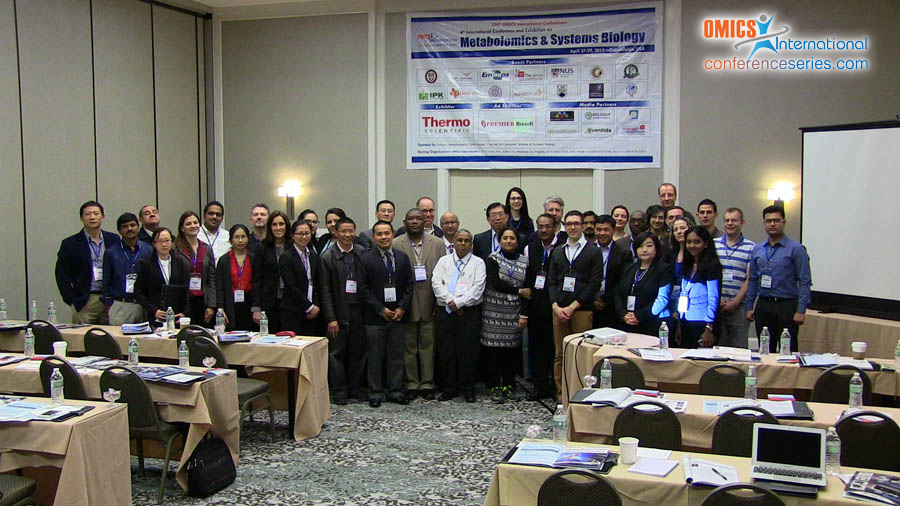
Jayaraman G
VIT University, India
Title: Comparative metabolic profiling of halotolerant bacterial strains and identification of novel species-specific metabolites
Biography
Biography: Jayaraman G
Abstract
The salt stress response of four representative halotolerant bacterial species (Halomonas hydrothermalis VITP9, Bacillus aquimaris VITP4, Planococcus maritimus VITP21 and Virgibacillus dokdonensis VITP14) isolated from a previously unexplored solar saltern in Kumta, along the Arabian Sea coast in Karnataka, India was analyzed using comparative metabolomics approach. Chemometric analysis of 1H NMR spectra revealed salt-dependent increase in the levels of metabolites, mainly from the aspartate and glutamate family, that are directed from the glycolytic pathway, pentose phosphate pathway and citric acid cycle. The composition of the metabolites was found to be different with respect to the species and the type of growth medium. Two dimensional NMR data revealed accumulation of two rare diaminoacids, Nε- acetyl-α-lysine and Nδ-acetylornithine apart from other well known compatible solutes. Metabolite profiles of species capable of synthesizing Nε-acetyl-α-lysine and Nδ-acetylornithine suggested their biosynthesis from lysine and ornithine using aspartate and glutamate as their precursors, respectively. One of the species, Planococcus maritimus VITP21 was found to accumulate an unusual sugar, (2-acetamido-2-deoxy-α-D-glucopyranosyl)-(1→2)-β-D-fructofuranose is not previously reported for its natural synthesis by any other organism. The protective effects of Nε-acetyl-α-lysine and (2-acetamido-2-deoxy-α-Dglucopyranosyl)-(1→2)-β-D-fructo furanose along with other commonly occurring bacterial osmolytes, ectoine, proline, sucrose, trehalose and glycine betaine on protein stability and activity were evaluated with a few of possible biotechnological application.
Speaker Presentations
Speaker PDFs
Speaker PPTs Click Here



